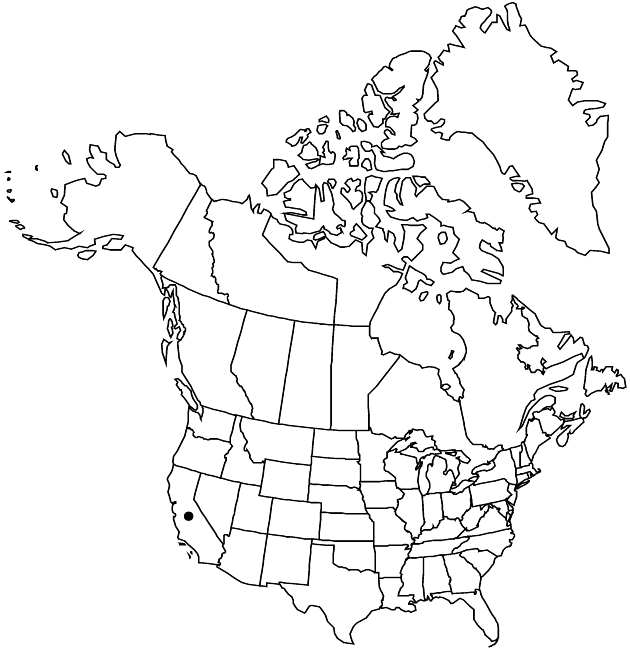Difference between revisions of "Lasthenia chrysantha"
Man. Bot. San Francisco, 204. 1894.
FNA>Volume Importer |
imported>Volume Importer |
||
| (One intermediate revision by the same user not shown) | |||
| Line 8: | Line 8: | ||
}} | }} | ||
|common_names=Alkali-sink goldfields | |common_names=Alkali-sink goldfields | ||
| + | |special_status={{Treatment/ID/Special_status | ||
| + | |code=E | ||
| + | |label=Endemic | ||
| + | }} | ||
|basionyms={{Treatment/ID/Basionym | |basionyms={{Treatment/ID/Basionym | ||
|name=Crockeria chrysantha | |name=Crockeria chrysantha | ||
| Line 52: | Line 56: | ||
|publication title=Man. Bot. San Francisco, | |publication title=Man. Bot. San Francisco, | ||
|publication year=1894 | |publication year=1894 | ||
| − | |special status= | + | |special status=Endemic |
| − | |source xml=https:// | + | |source xml=https://bitbucket.org/aafc-mbb/fna-data-curation/src/2e0870ddd59836b60bcf96646a41e87ea5a5943a/coarse_grained_fna_xml/V19-20-21/V21_853.xml |
|tribe=Asteraceae tribe Heliantheae | |tribe=Asteraceae tribe Heliantheae | ||
|subtribe=Asteraceae (tribe Heliantheae) subtribe Baeriinae | |subtribe=Asteraceae (tribe Heliantheae) subtribe Baeriinae | ||
Latest revision as of 20:14, 5 November 2020
Annuals, to 28 cm. Stems erect, branched distally, glabrous or ± hairy. Leaves linear, 10–80 × 1–2(–3+) mm, margins entire, faces glabrous or sparsely hairy. Involucres hemispheric, 5–7 mm. Phyllaries 8–14, ± deltate (distinct tips ± deltate), glabrous but for apices. Receptacles ± conic, warty, glabrous or sparsely hairy. Ray florets 6–10; (corollas lemon- or golden yellow) laminae narrowly oblong, 6–7 mm. Anther appendages deltate or broadly ovate. Cypselae black, strongly flattened, obovoid, 2–3 mm, margins ciliate (hairs white or stramineous, stiff, blunt, curved), faces glabrous or scabrous; pappi 0. 2n = 14.
Phenology: Flowering Feb–Apr.
Habitat: Vernal pools and wet alkali flats
Elevation: 0–100 m
Discussion
Lasthenia chrysantha has the narrowest ecologic range within Lasthenia sect. Hologymne and is mostly limited to alkali flats in the San Joaquin Valley.
Selected References
None.
